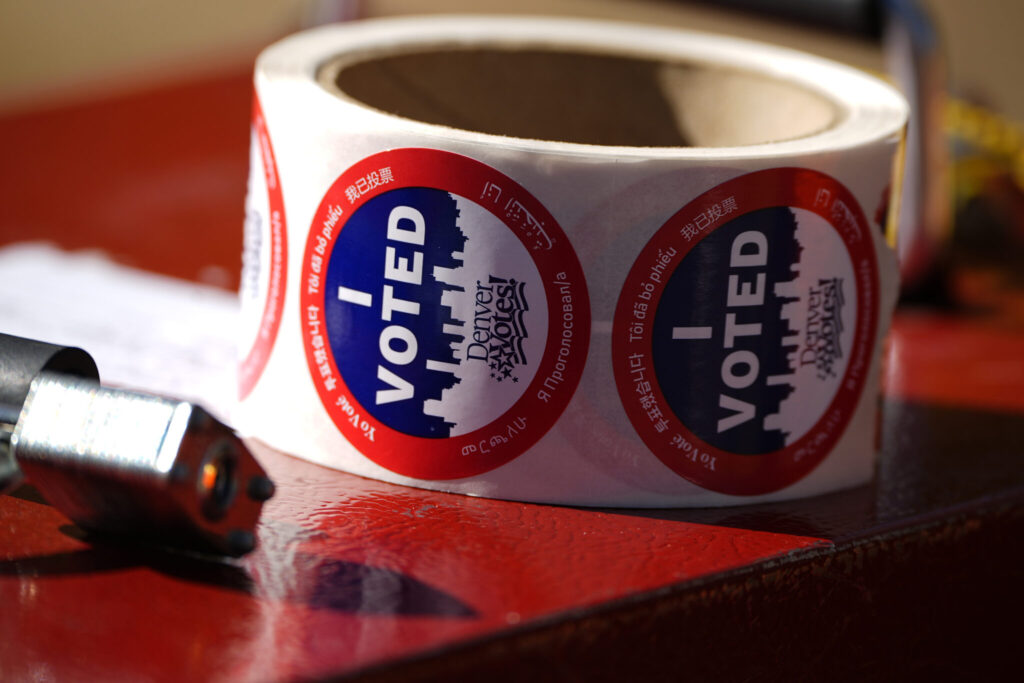Election reporting explanations/ media transparency election night/ AP election coverage 2024/ Newslooks/ NEW YORK/ J. Mansour/ Morning Edition/ With Election Day approaching, news outlets like The Associated Press are taking extra steps to clarify their vote-counting and projection methods. Outlets are providing readers with guides on vote-calling processes and addressing common questions to counteract misinformation. The AP, along with NBC, CNN, and other media organizations, is focusing on transparency to build trust amid growing public skepticism.

Media Transparency: News Outlets Tackle Misinformation in 2024 Election Reporting – Quick Look
- The AP’s Role: The AP’s team of 5,000 gathers and verifies data for election results, ensuring comprehensive and accurate reporting.
- Explaining Vote Calls: Outlets like NBC, CNN, and The New York Times are publishing articles and guides on their vote-calling processes.
- Transparency Initiatives: The AP and others have dedicated staff to explain real-time updates on key races and vote-counting progress.
- Fighting Misinformation: The push aims to reduce misinformation, as public trust in the media remains a concern.
- Preventing Conspiracy Theories: Outlets are preemptively reporting on routine events, like delayed results or machine malfunctions, to prevent misinformation from spreading.
How News Outlets Are Boosting Election Transparency in 2024 Reporting
Deep Look
As the 2024 U.S. election draws near, major news outlets like The Associated Press (AP) are making transparency a central focus in their reporting. With a history of accurately calling races since 1848, the AP has recruited thousands of people this election season to count votes, verify data, and declare winners across the country. This year, however, the AP and other news outlets are also prioritizing efforts to explain these processes to the public, countering growing skepticism and misinformation surrounding election results.
For the AP, transparency begins with providing a straightforward look at how votes are counted and races are called. This includes a dedicated team of journalists who will be live-reporting and publishing stories explaining why and when the AP “calls” individual states for a presidential candidate, either Kamala Harris or Donald Trump. In particular, this team will provide real-time updates on close races and complex swing states, translating technical details into easily understandable language.
Broad Efforts to Explain Election Coverage
The AP isn’t alone in boosting transparency. NBC News, for example, has published articles on its website detailing how exit polls work and how these results influence their projections. CNN is taking a similar approach, with articles that explain how they conduct vote-counting, use exit polls, and provide election-night advice to viewers. CNN is also offering a version of its well-known “Magic Wall” online, giving the public the same access to voting data and historical comparisons that correspondent John King uses on-air.
On election night, The New York Times will offer additional insights with its popular “Needle” feature, which visually represents the probability of each candidate’s chances in real time. Meanwhile, ABC News has aired a “Protecting Your Vote” series to give viewers a deeper look at election logistics, the work of election workers, and the challenges faced in maintaining secure and accurate results.
AP’s Central Role in Election Night Reporting
The AP plays a unique role on election night by acting as a primary source of verified data. Since there is no federal authority to compile national election results, the AP relies on its own network of nearly 5,000 contributors who collect information directly from local election authorities. These contributors report data to a centralized team that carefully verifies and cross-references information against other reliable sources. The AP and other outlets then use this information, along with historical data and exit polls, to call races for various offices.
Julie Pace, AP’s senior vice president and executive editor, explained that race calls are made only when it’s mathematically impossible for the trailing candidate to catch up. This rigorous process led to the AP’s perfect accuracy rate in the 2020 election, including the critical decision to call Arizona for Joe Biden ahead of other networks—a move that, while accurate, sparked backlash among some viewers and political figures. Pace said the incident underscored the need for outlets to communicate their processes more thoroughly and systematically.
Addressing Routine Issues to Prevent Conspiracy Theories
In the current climate, even small irregularities, like a tally error or an extended polling time due to broken voting machines, can trigger conspiracy theories. The AP and other media outlets are proactively addressing these routine occurrences, covering potential delays or small disruptions as they happen to prevent them from being misinterpreted later. “U.S. elections have been remarkably well-run,” Pace emphasized, adding that transparency can help the public understand how thoroughly monitored the process really is.
With extensive explanatory materials already published and more planned for election night, Pace hopes voters will feel well-informed. “We’re laying it all out there,” she said, though she acknowledged that efforts alone may not be enough to fully quell skepticism among a mistrustful public.
Response to Growing Distrust and Partisan Attacks
Newsrooms are aware of polling data that shows declining public trust in traditional media, a trend exacerbated by partisan accusations and misinformation. “We’re tackling the issue head-on with transparency,” said Pace. NBC, CNN, and other organizations share the same goal: to demonstrate accuracy and impartiality in an increasingly complex political landscape.
Mark Lukasiewicz, dean of Hofstra University’s communications school and a former NBC News producer, called transparency essential. “In a time when election credibility is under attack, media transparency can go a long way,” he said, though he added that simplifying technical data for the average reader presents a unique challenge.
Preparing for Increased Interest in Election Reporting
Over the course of the election cycle, The AP has tested early-season articles on the logistics of vote counting, exit polling, and swing state analysis. Pace noted that reader engagement with these pieces has been high, suggesting that public interest in understanding how elections work is growing. These early responses encouraged the AP and other media outlets to expand efforts and develop more resources to address public questions.
Through detailed guides, real-time updates, and transparent reporting on technical processes, news organizations hope to counteract misinformation and reaffirm their commitment to fair and factual election coverage. By Election Day, the AP and other outlets aim to foster an informed electorate and provide a clearer picture of how media shapes and reports the democratic process







